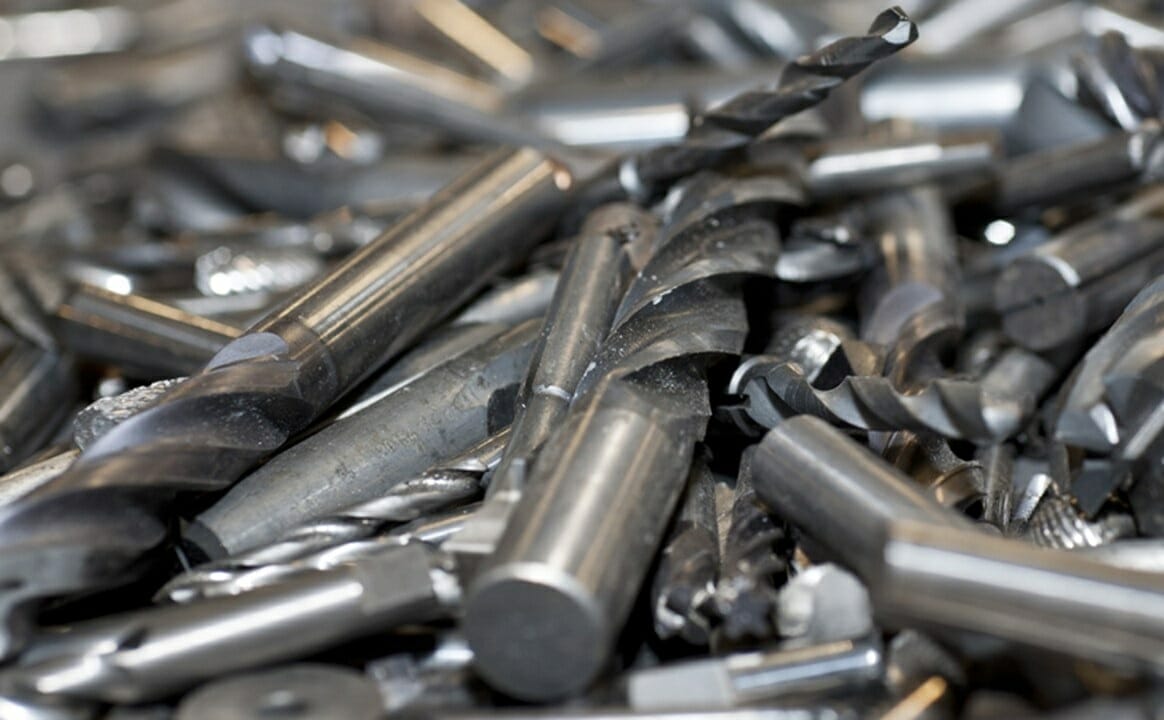It is estimated that roughly 72% of titanium consumed in the US is used in aerospace, highlighting the material’s importance in aircraft construction, according to research by the US geological survey. While the high strength-to-weight ratio of titanium has made the material integral to many forms of engineering, the aerospace industry claims the top spot as its largest consumer. While the global health crisis has had an especially deep impact on the aerospace industry, as recovery begins researchers expect that titanium will play a larger role than ever.

Commercial aerospace titanium usage
Commercial aircraft have tight limitations on the cost of manufacturing and, as such, cannot take advantage of titanium to the same degree as the military. Despite this, there is a trend towards increased utilization of titanium in more modern aircraft because of the fuel efficiency its lower weight provides. Boeing’s latest airliner, the 787 Dreamliner, introduced in 2009, consists of 15% titanium by weight. This is three times the levels of previous models and may contribute to the 13% improved fuel efficiency of the Dreamliner.
For these reasons, the value of titanium in use by airlines is increasing and is expected to exceed $4.1 billion by 2021. Commercially, the metal is sold in a number of forms, though the titanium bar and sheet are the two most common forms used within the aerospace industry. Bars are easy to cut to size and shape, making them perfect for large-scale manufacturing needs. Both bars and sheets are highly scalable to demand and easily sized depending on the application.
Titanium in military aerospace
Since the 1960s, titanium has seen progressively higher use in aircraft. Indeed, many of history’s most famous military aircraft have used especially high titanium ratios in their construction. Titanium is 30% stronger than steel at half the weight, which, alongside its resistance to corrosion, erosion, and cracking, makes it perfect for many crucial aircraft components. The Lockheed SR-71 Blackbird, an aircraft which set a yet unbroken world record for fastest manned aircraft in 1976, was 92% titanium by weight. However, because of the processes required to produce titanium, attaining the required amounts to build the aircraft was a struggle for even the US government at the time.
While the physical properties of titanium make it ideal for many applications, it also has major drawbacks. Despite being one of the most abundant metals on earth, it is costly and difficult to produce. Analysts expect that if a cheaper method of producing titanium sponge, the precursor to pure titanium, is developed, then the use of the metal will rapidly increase. The result would be much lighter commercial aircraft, lowering fuel consumption, lowering emissions and hopefully lowering ticket prices.
















